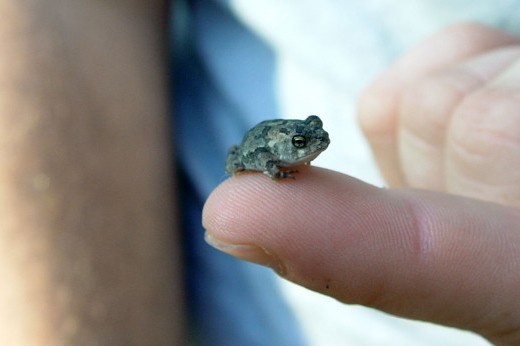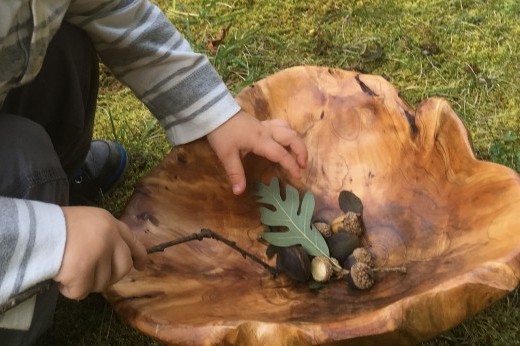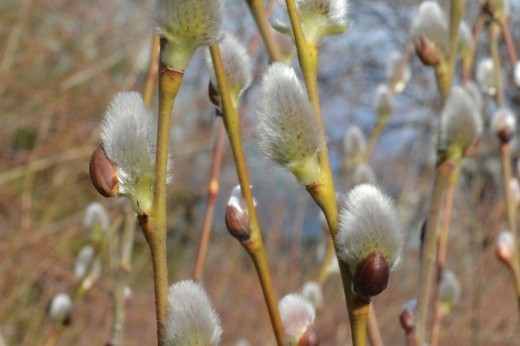Topics
Special Series
Kids & Caregivers
-
To Touch, or Not to Touch?
Is it ok to touch a frog? A butterfly? Queen Anne's lace? This primer will give you some answers for exploring nature on your own or with kids.
By Ashley Gamell -
Why So Many Acorns? And Other Tree Fruit Mysteries
Acorns, honey locust pods, sweet gum balls and other fruits fall from city trees in autumn. Each one has its own fascinating botanical story that kids and adults can learn.
By Ashley Gamell -
Search for Plants from The Secret Garden
Lilies, late roses, delphinium, and other plants described in the The Secret Garden can be found at Brooklyn Botanic Garden. Go on a scavenger hunt and find some!
By Alvina Lai -
Search for Plants from Through the Looking-Glass
Have fun in the Garden with a Lewis Carroll–inspired scavenger hunt.
By Alvina Lai -
Make Mud Pies Out of Mud Season
Embrace the wet, mucky early spring and encourage your kids to get good and dirty.
By Ashley Gamell -
What Are Pussy Willows, Anyway?
These little nubs are an early sign of spring, but what is their botanical role?
By Ashley Gamell -
Search for Plants from Peter Rabbit at the Garden
Have fun in the Garden with a Beatrix Potter–inspired scavenger hunt!
By Alvina Lai -
The Benefits of Playing in Nature
Something wonderful happens when children spend time playing in a natural area—they get to relax and enjoy themselves.
By Marilyn Smith -
What’s Happening to These Leaves?
These rhododendrons aren't wilting. Their curled leaves are a response to the cold. Charles Darwin first wrote about such movements in plants in 1880, but this response is a still not well-understood.
By Ashley Gamell -
Trees are for Kids!
Young gardeners learn best by doing, and street trees could use their help! Here are some tree-rific tips to get started:
By Maureen O’Brien











